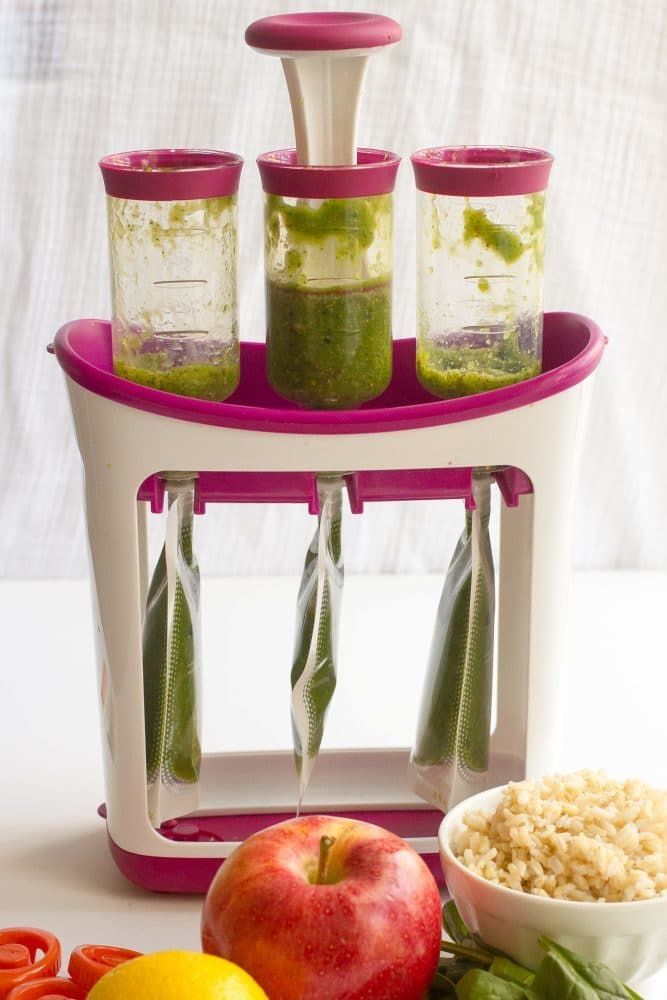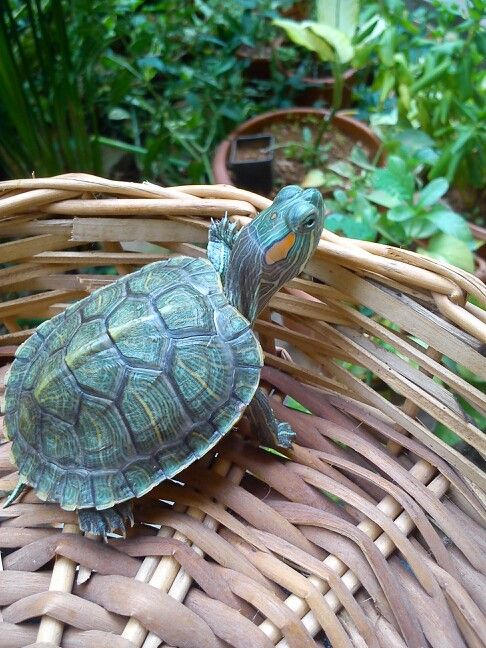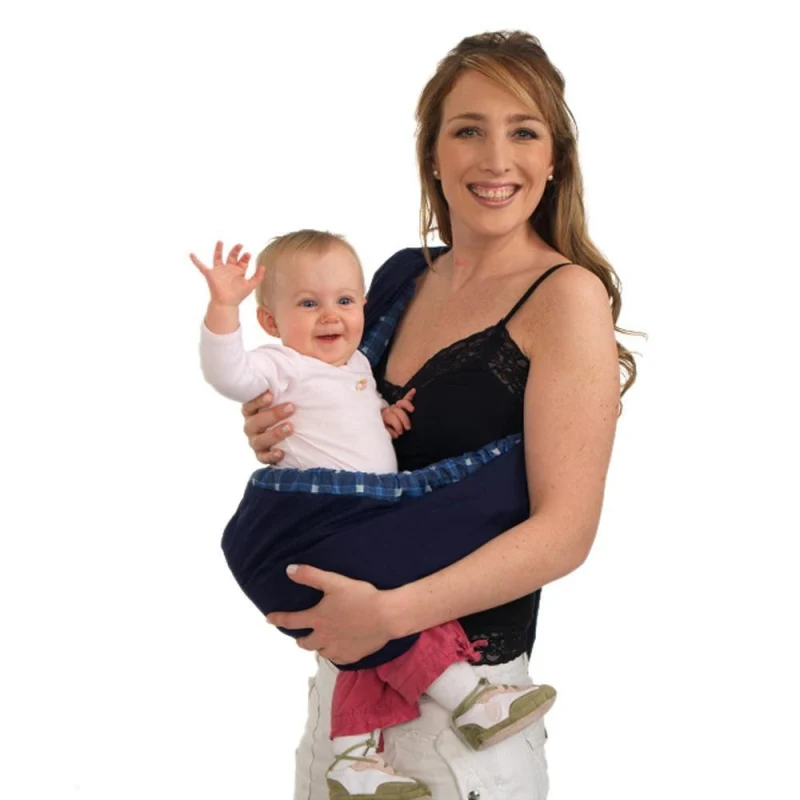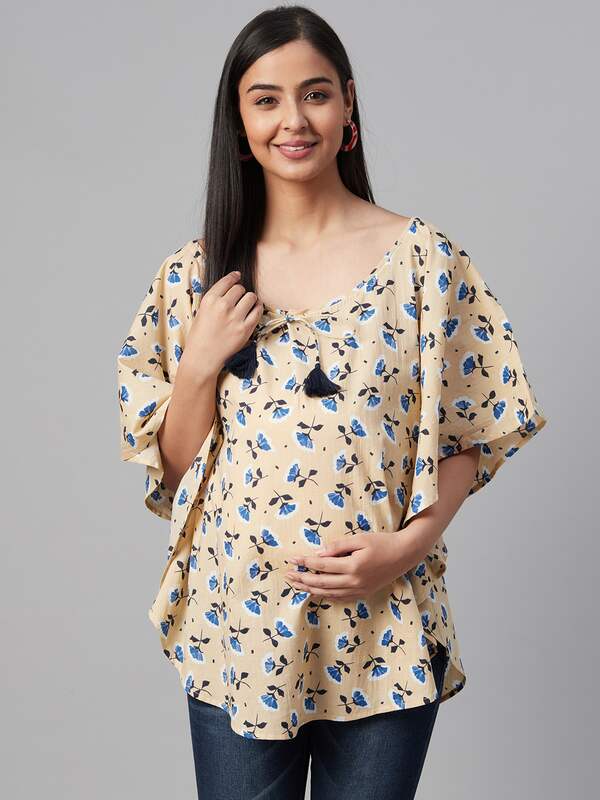What are baby food pouches made of
Baby food packaging pros and cons: Glass jars, plastic bowls, and pouches
When buying baby food, you have a choice of glass jars, plastic containers, and pouches. Glass jars are recyclable and don't leach chemicals, but they're also heavier and more prone to breaking. Plastic containers are lighter and recyclable, but they may leach chemicals into food if not made from BPA-free material. Pouches are convenient, less messy, and won't break, but they aren't recyclable and may delay some developmental skills in children if overused.
Premade baby food comes in an array of packaging – including glass jars, pouches made from layers of plastic and foil, and plastic containers. When you're shopping for baby food, here are some things to consider about the different packaging types.
Baby food in glass jars
Pros of glass jars
- Recommended by the American Academy of Pediatrics (AAP) for storing or preparing food (versus plastic containers)
- Eliminates the risk of potentially harmful chemicals found in some plastics that can leach into food
- Recyclable
Cons of glass jars
- Heavier weight than plastic containers or pouches
- Risk of breakage
- Depending on the brand, jar lid liners might contain a chemical called bisphenol A (BPA) (see "Cons of plastic containers" below)
Baby food in plastic containers
Pros of plastic containers
- Lighter weight than glass
- Less likely to break than glass
- Usually recyclable
Cons of plastic containers
- Very small amounts of potentially harmful chemicals – including BPA and phthalates – may leach from the plastic into food.
To avoid these chemicals, look for baby food that's labeled "BPA-free" or "phthalate-free."
- Heat (for example, from a microwave) or damage to a plastic container increases the chance of chemicals leaching into food.
Note: While the U.S. Food and Drug Administration has banned the use of BPA in baby bottles, sippy cups, and infant formula packaging, the agency says that the use of BPA in other types of food packaging is safe.
However, since babies and young children are especially vulnerable to chemical exposures, the AAP recommends that parents avoid plastics marked with these recycling codes:
- 3 (phthalates)
- 6 (styrene)
- 7 (bisphenols, including BPA)
You may also want to look for products in packaging that's labeled "biobased" or "greenware" – these containers are made of plant-based materials.
Baby food in pouches
Pros of baby food pouches
- Lightweight
- Won't break
- Squeezable, which is more convenient on the go – no spoon required
- Less messy, since there's typically less dripping and splatter when the food goes straight from the spout into your child's mouth (if your baby is younger, squeeze the puree into a bowl so you can feed him with a spoon)
Cons of baby food pouches
- Usually more expensive than jarred food
- Not locally recyclable, usually added to landfill
- Overuse of baby food pouches may raise the risk of certain developmental delays and health problems in children (see following caution)
Note: Baby food pouches are lined with polypropylene (designated by recycling code 5), a BPA-free plastic.
A caution about overusing baby food pouches
A baby who's learning to eat solid foods should gradually progress from purees or soft finger foods to foods with more textures. Overusing pouches, which contain purees, can lead to potential problems in several areas, including:
- Eating skills: If your baby is ready to try food with more texture but continues to eat only purees, this may delay the development of critical eating skills, such as chewing and swallowing thicker or chunkier food. These skills are also important for speech development.
- Range of flavors: Pouch purees often combine multiple ingredients – such as a fruit and vegetable or meat – with the fruit's sweetness as the dominant flavor. So your child may be eating savory foods like beef or kale, but she isn't necessarily becoming familiar with those flavors.
- Eating habits: Some experts believe that the convenience of pouches means parents may make them available too often – whenever a baby or toddler starts fussing, for example.
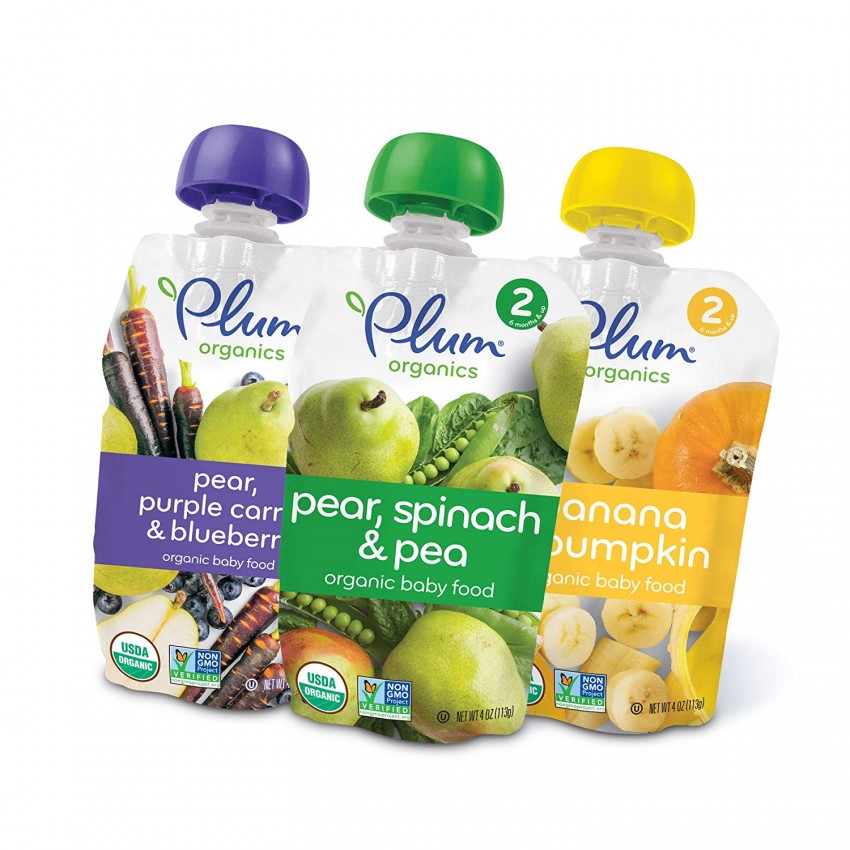 This encourages more frequent snacking that could lead to overeating and an unhealthy association of food with comfort.
This encourages more frequent snacking that could lead to overeating and an unhealthy association of food with comfort. - Dental health: Sucking on pouches of purees, especially ones containing fruit (which is naturally sugary), throughout the day can put babies at a higher potential risk for tooth decay.
As your baby is mastering eating solids, focus on helping her eat developmentally appropriate foods, get used to eating from a spoon, and, eventually, feed herself. Whenever possible, squeeze the pouch contents into a bowl so that your child can see and smell the food as she eats. Save offering food directly from pouches for when you're on the go or as an occasional snack.
Is baby food packaging recyclable?
Glass jars: The glass is recyclable. Separate the metal lids and follow local guidelines for recycling metals. You may need to remove and throw out the lid liner.
Plastic containers: Typically recyclable.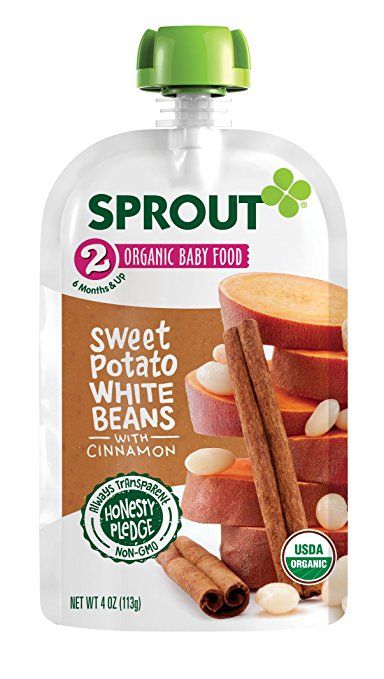 Look for a recycling code that indicates the type of plastic and check local guidelines. However, wrappers and pull-off lids may need to go in the trash.
Look for a recycling code that indicates the type of plastic and check local guidelines. However, wrappers and pull-off lids may need to go in the trash.
Pouches: Not recyclable locally. Manufacturers are still looking for a solution to this, although at least one company offers a mail-in recycling program for used baby food pouches.
What else do I need to know about the safety of baby food packaging?
Baby food is perishable. Some store-bought baby foods need to be kept in the refrigerator (if you purchased the food from a store's refrigerated section, this is likely the case). Other baby food is shelf stable and can be stored unrefrigerated until its expiration date.
Once a container of baby food is opened, follow the manufacturer's instructions for storing leftovers and the timeframe for discarding whatever is uneaten.
Always discard baby food in these situations:
- A safety button that isn't flat in a glass jar's lid.
 If the seal of a jar of baby food is broken and a jar doesn't "pop" when you open it, throw it away.
If the seal of a jar of baby food is broken and a jar doesn't "pop" when you open it, throw it away. - Swollen or leaking pouches. Either could be a sign that the food is contaminated.
- Past expiration date. It's a good practice to check the expiration date of any food you feed to your baby.
Understanding baby food labels
There's a lot of information on baby food labels. Here's how to decode some of the most common language you'll see.
"GMO" stands for "genetically modified organism." These are plants, animals, or microorganisms that have had their genetic material altered in some way. There's no evidence that GMO foods are harmful to eat. In the United States, they're regulated by the Food and Drug Administration, along with other government organizations.
You may see the following GMO-related labels on baby food:
- Non-GMO means the food was made without genetic engineering and contains no ingredients derived from GMOs.
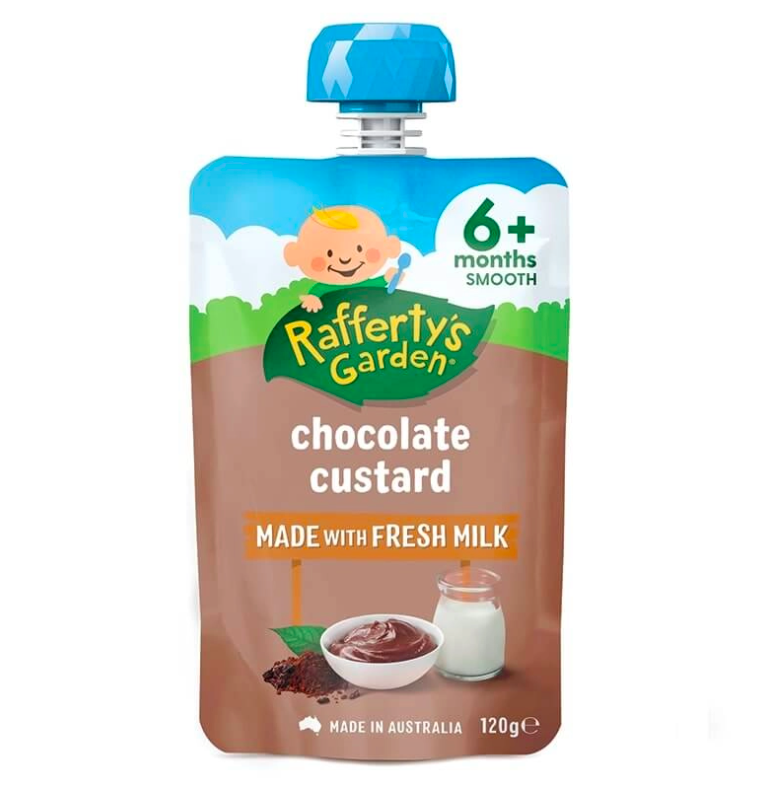
- Non-GMO Project Verified means the product meets the standards of the Non-GMO Project Product Verification program, North America's only third-party verification for non-GMO food and products.
- Bioengineered refers to a specific type of GMO food that can only be created in a lab and can't be found in nature.
The U.S. Department of Agriculture regulates and approves products with organic labels.
If a product has a USDA organic seal, it means the product was grown without the use of GMOs, most synthetic fertilizers, pesticides, and herbicides; and the product doesn't have artificial flavors, colors, or preservatives. If the product contains meat, the livestock only ate 100 percent organic food and wasn't given antibiotics or hormones.
Different versions of the organic label include:
- 100% organic: The ingredients are all 100 percent organic.
- Organic: The ingredients are at least 95 percent organic.
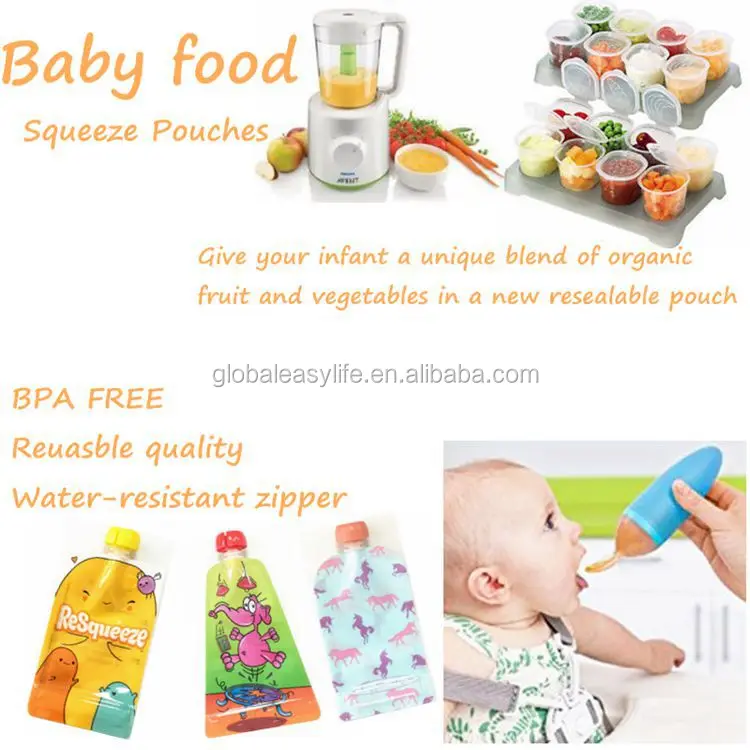
- Made with organic ingredients: The ingredients are at least 70 percent organic.
"OU" stands for Orthodox Union, the world's largest and most widely recognized Kosher certifying agency. A Kosher designation means that the food conforms to Jewish dietary law. Here are the different product designations:
- OU is for kosher products that contain no meat or dairy.
- OU-D is for kosher dairy products.
- OU-M and OU-Glatt are for kosher meat products.
Understanding nutrition labels
There's a lot of information on the nutrition facts label you'll see on baby foods, but not all of it is necessarily relevant for your baby's health. Here's a breakdown of what you'll see on the label.
- The percent daily value on the nutrition facts label includes an amount in grams and a percentage that represents how much of that nutrient the Food and Drug Administration recommends you get in a day.
 On baby food products, the percentage is based on how much of that nutrient a baby under a year old needs.
On baby food products, the percentage is based on how much of that nutrient a baby under a year old needs. - Calories are a way to measure how much energy you get from a food. There isn't an official recommendation for how many calories a baby needs in a day, and you don't need to worry about calories when feeding your baby. Instead, watch for clues that tell you when your baby has had enough to eat – for example, they'll turn away from a bottle, breast, or spoonful of food when they're not hungry.
- Fat is a concentrated source of energy, a must-have for your growing baby. And fat is essential for brain development – the majority of the brain is composed of fat. You don't need to limit your baby's fat intake.
- Cholesterol helps your body build cells and make vitamins and other hormones. You don't need to limit your baby's cholesterol for the same reason you don't need to limit their fat – they need the energy since they're growing so quickly.
- Sodium is the salt in a food product.
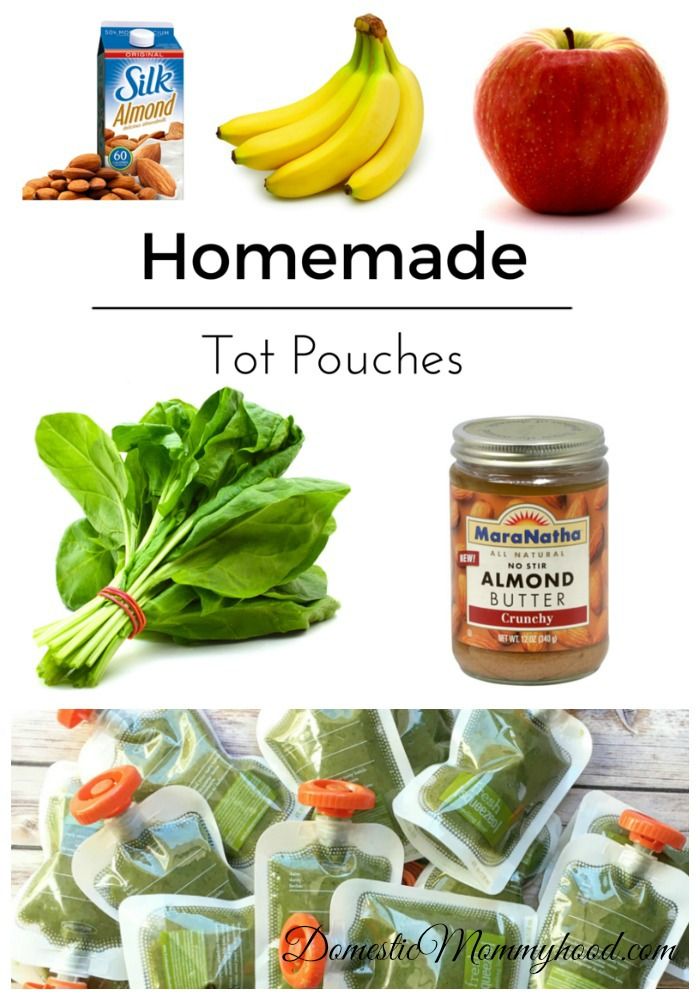 Babies get enough sodium in the breast milk or formula they drink. Experts advise against giving your baby extra salt in their diet before they're 2 years old.
Babies get enough sodium in the breast milk or formula they drink. Experts advise against giving your baby extra salt in their diet before they're 2 years old. - "Total sugars" refers to both naturally occurring and added sugars in a product. Naturally occurring sugars are found in many healthy foods, such as fruit and milk. Added sugars are those added to foods and drinks during processing or preparation – like corn syrup and white sugar. Experts advise against giving children under 2 years old added sugar in their diet.
- Protein is another essential nutrient that you don't need to limit in your baby's diet.
- The FDA requires that manufacturers include vitamin D, calcium, iron, and potassium, since people in the United States often don't get enough of those nutrients in their diets. Manufacturers may include other vitamins and minerals, too.
Gerber’s New Recyclable Baby Food Pouch: 10 Things to Know
Made entirely of polypropylene, the first mono-material baby food pouch is a step toward a circular economy.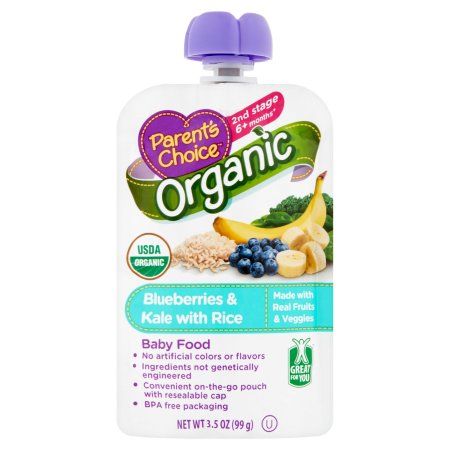
Rick Lingle | Apr 07, 2020
The world’s largest and oldest baby food company will shortly introduce the first single-material baby food pouch. Gerber says the new all-polypropylene pouch creates greater value for the recycling industry because it simplifies the process and promotes the development of better recycling infrastructure.
Here are the essentials of the development, draw from the press release and custom input from Tony Dzikowicz, Gerber’s associate director of packaging, Sina Hilbert, Gerber’s brand manager & sustainability lead, and Justin Welke, Nestlé’s packaging project manager.
1. The current pouch is a standard multilayer construction.
Gerber launched its first baby food pouch in 2011, a multi-material structure made from polyethylene terephthalate (PET), foil, and polyethylene (PE).
It’s an industry-standard structure that reflects the current industry standard for pouches, structure using two outer layers of plastic that sandwich an aluminum barrier layer.
That kind of structure is not currently municipally recyclable in the U.S. due to outdated infrastructure that struggles to sort and process flexible plastics.
2. That experience helped with the new pouch development.
Since 2011 Gerber has built “substantial expertise” in package development and filling operations by working with different material, designs, and equipment, as well as different partners. That expertise provided an understanding of the performance requirements and validation needs for this first-of-its-kind pouch.
3. The new pouch is a mono-material polypropylene structure from Gualapack.
In 2017, Gerber began conducting trials with Gualapack, a global supplier of premade spouted pouches, with the goal of bringing the industry’s first mono-material pouch to market.
A key benefit of the PP pouch is that it provides transparency and window options so consumers can see the product inside.
4. It’s 100% recyclable, but there’s a caveat.
The pouch will be 100% recyclable through Gerber's national recycling program with upcycler TerraCycle, which is noted on the pouch back panel (below).
5. A curbside recycling pilot holds promise.
With Nestlé as a founding member of Materials Recovery for the Future (MRFF), a research collaborative committed to creating recycling solutions, Gerber is supporting curbside recycling for the pouch. MRFF's pilot program in Pottstown, PA, is the first curbside recycling program in the US to accept flexible plastics such as these. The goal is to expand the program across the country.
6. Why it wasn’t developed to be #2 PE In-store Recycle Ready pouch.
Currently, the #2 Polyethylene (PE) in-store drop off stream is limited to plastics that are “clean and dry.” Because baby food is a wet product, it is challenging to clean and dry pouches to the level that is compatible.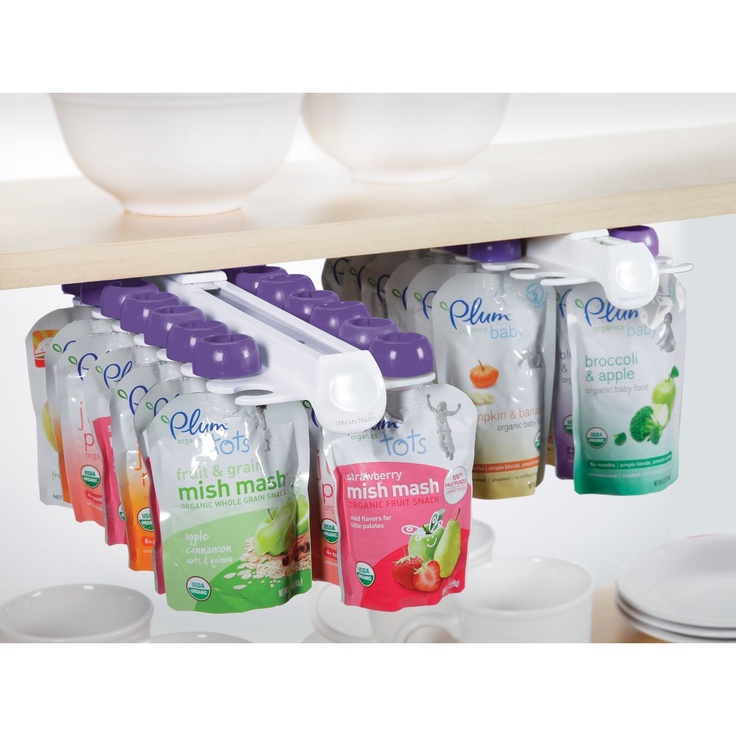
7. The shelf life is lower at nine months.
That’s a reduction from the 12-month shelf life of its standard Organic pouch, but Gerber exploring ways to increase the shelf life while maintaining a focus on recyclability.
8. Same size, lower net weight.
Although the pouch size is the same as its Organics line, the approximate 3 1/6-oz net weight is slightly less than the current line’s 3 ½-oz net weight. That was done to preserve the integrity of the mono-polypropylene structure, Gerber says.
9. Gerber’s advice for other companies.
The company says that “it’s imperative for all parts of an organization to work together to accomplish the goal of sustainable packaging. As the industry moves to mono-material and other designs ‘with the end in mind,’ compromises may be required, such as shelf life, filling performance, cost of materials and more, so support from all business functions is key.
10. The first product launches in May on TheGerberStore.com.
The first product launches in May on TheGerberStore.com.
The pouch will be available exclusively on TheGerberStore.com for Gerber's Organic Banana Mango Puree beginning in May 2020. The initial launch gives Gerber an opportunity to gain experience in the market before expanding more broadly.
TAGS: Sustainability Recycling Materials
Happy baby 15051 Baby food storage bags
Our advantages
Delivery on the day of order
Delivery works 7 days a week across the Crimea from 10:00-20:00
Wide range
children under 5 years old.
Quality Assurance
All items in my Lvenok stores carry a manufacturer's warranty.
Promotions and discounts
Be the first to know about promotions, discounts and special offers from moy Lvenok store.
Convenient self-delivery
You can pick up the order yourself in one of the stores in Simferopol.
Own warehouse
All goods are placed in moy Lvenok's warehouse equipped for storing children's goods.
Payment methods
You can pay for the purchase in any way: cash to the courier, bank card to the courier, card according to the details.
- 590 rub
In stock
531 r
VIP discount card price in retail stores
FOOD POUCH reusable baby food storage bags with lids and a spoon will help out on the road, on a walk or on a trip. They keep food fresh, are completely safe for the baby and are suitable for feeding the baby outside the home right from the bag.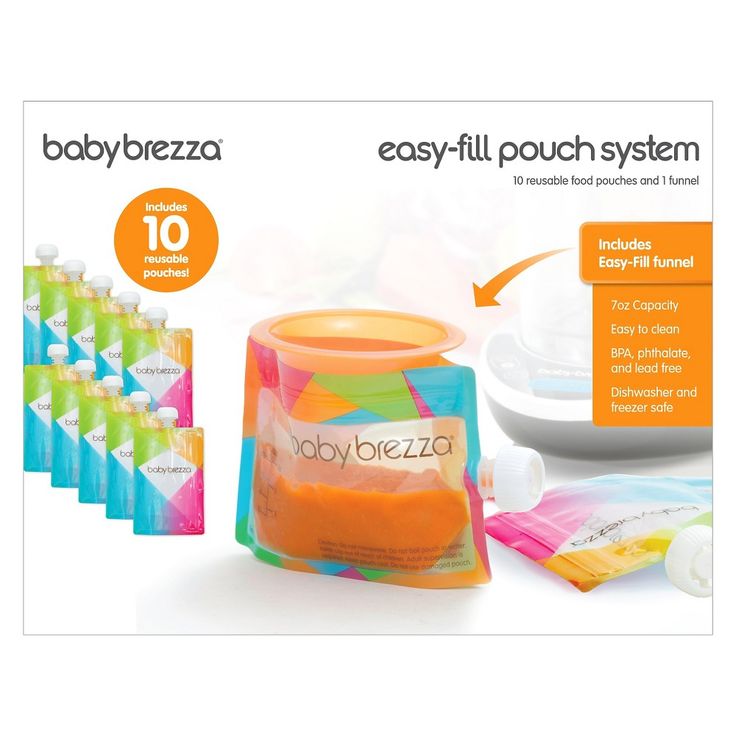 Screw the spoon onto the bag - no additional utensils are required. Packages are easily sealed, and a reliable zipper will not open during storage or transportation. Suitable for freezing and perfectly washed in the dishwasher.
Screw the spoon onto the bag - no additional utensils are required. Packages are easily sealed, and a reliable zipper will not open during storage or transportation. Suitable for freezing and perfectly washed in the dishwasher.
COMPOSITION:
- Polyethylene terephthalate, LDPE/HDPE, polypropylene.
Reviews
Happy baby 15051 Baby food storage bags
Previous Next
Our advantages
Delivery on the day of order
Delivery works 7 days a week in the Crimea from 10:00-20:00
Wide assortment
We offer the most complete range of products for expectant mothers, newborns and children up to 5 years of age.
Quality Assurance
All items in my Lvenok stores carry a manufacturer's warranty.
Promotions and discounts
Be the first to know about promotions, discounts and special offers from moy Lvenok store.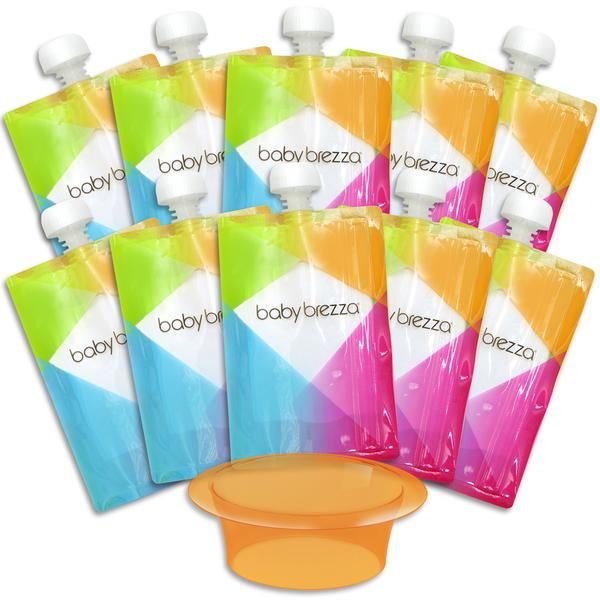
Convenient self-delivery
You can pick up the order yourself in one of the stores in Simferopol.
Own warehouse
All goods are placed in moy Lvenok's warehouse equipped for storing children's goods.
Payment methods
You can pay for the purchase in any way: cash to the courier, bank card to the courier, card according to the details.
Products of this brand
Don't forget to also buy
Happy Baby reusable pouches Baby food storage bags - “How to store baby food? In packages? Yeah why not! But not in these."
?? Hello everyone and everyone
The question of the first feeding sooner or later confronts every mother and father: someone prefers ready-made baby purees, which, by the way, are sold not only in jars, but also in packages, while someone prefers to cook baby food on their own .
I belong to the last category. I have already talked in detail about how I prepare baby food, today we will talk about its storage.
When buying a blender-steamer, I thought about where and how I would store baby food, assuming that ideally I need to prepare it with a margin just in case, and these cases really came! I was considering purchasing baby puree jars and then sterilizing the jars themselves and using them as containers for my prepared baby food. But while walking around the children's goods store, I came across bags for storing baby food. The first thought was: “I need it!”, But deciding that I should at least look at the completeness of the set, I saw that someone brazenly stole all the contents? I was frustrated, but still didn't give up. I ordered a set of Happy Baby bags over the Internet, and after a couple of days I already held them in my hands, not hiding my happiness.
Packaging and contents.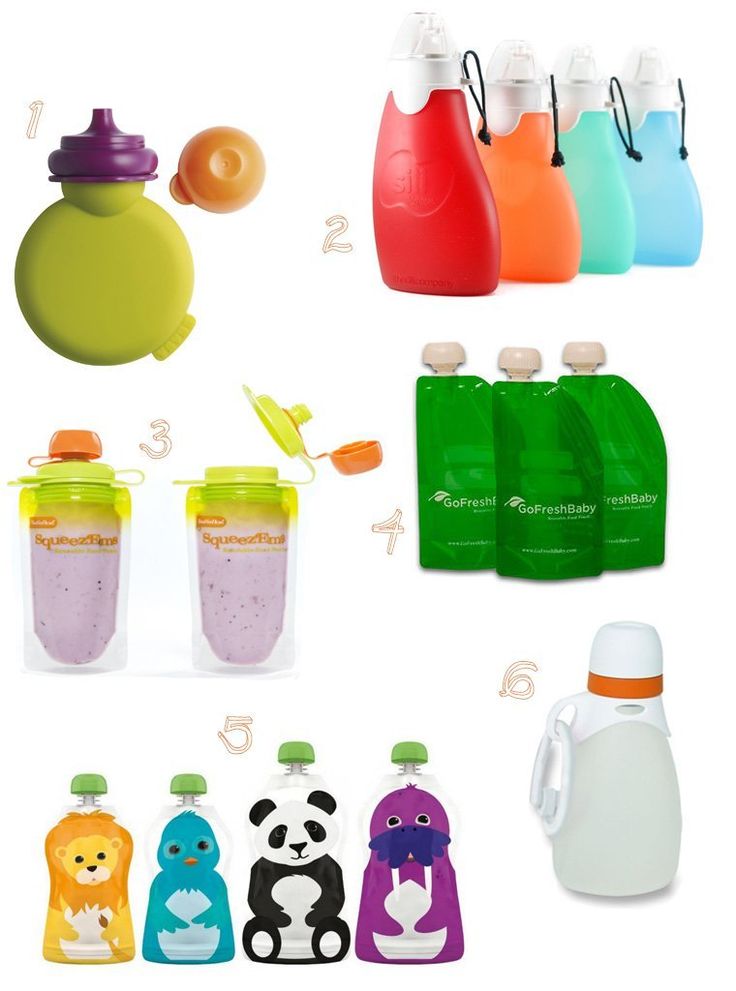
Like I said, this is a set of 5 baby food bags and 5 lids. Also included is a booklet.
Attention: spoons are not included in the set!
Shown on box but not included. Pay attention to this and do not be surprised by their absence.
A few words from the manufacturer.
Happy Baby Reusable Baby Food Storage Bags with Lid are an easy and convenient way to feed on the go, on the go or in the car, and keep food fresh longer between meals. The packages are completely safe for the child. They are easy to seal, and a reliable zipper will prevent the bag from opening during storage.
Usage experience.
Having studied the instructions, I did not find a word about how to sterilize them before the first use! Since it is impossible to heat in the microwave, then, following the logic, it is impossible to boil, put in a sterilizer too.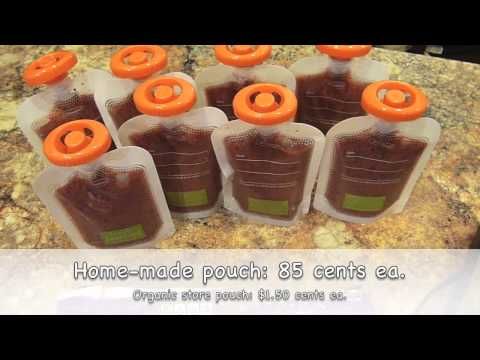
This is immediately a minus.
The icons mean: can be heated in hot water, can not be heated in a microwave oven, can be washed in a dishwasher, suitable for freezing.
Hoping for the best, I decided to wash them, but faced a new difficulty: how to wash inside if the hand does not go through, the sponge too, and even the brush for baby bottles! I poured a drop of baby dishwashing detergent, and just shook it, and then rinsed it with water five times. Yes, these bags can be washed in a dishwasher, but I don’t have one, and for the sake of these bags I don’t want to buy it.
The next step was bag drying . And again there are difficulties: how?! Ideally, it should be “not worn” on something and dried vertically with the hole down. But I don't have any of these at home. I tried to open the package as much as possible, but its walls strove to “stick together”.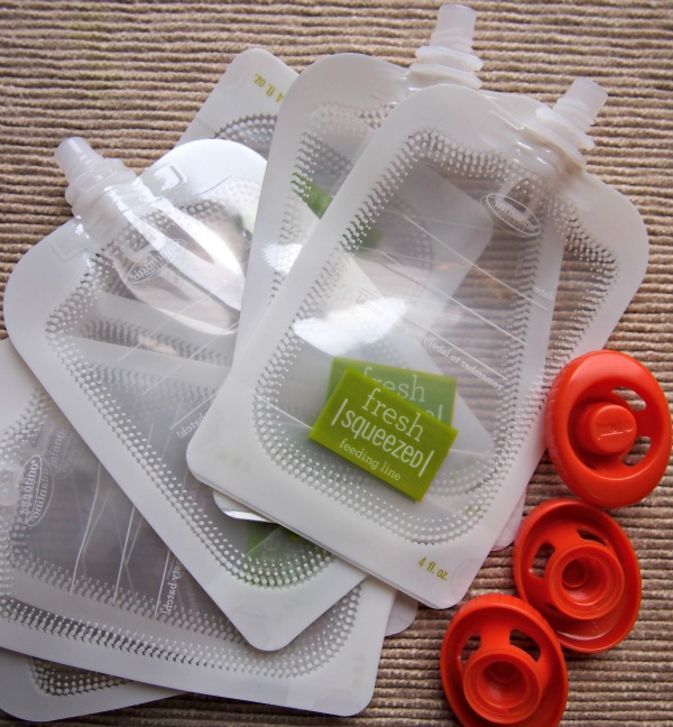 If this is not taken care of, then the moisture will not disappear anywhere and an unpleasant smell will appear, and in the future - mold.
If this is not taken care of, then the moisture will not disappear anywhere and an unpleasant smell will appear, and in the future - mold.
The top bag turned yellow from carrot puree
And all these difficulties appeared BEFORE USING the bags. This no longer bode well.
I decided to use these bags exclusively for freezing baby food, I didn’t dare to take them for a walk, because I don’t know what the shelf life of finished products is at room temperature. I don’t want to poison my child with 6 hours of apple and banana puree ??♀️ I have little idea at all: how can you take food in a non-sterile bag with you and feed your child after 4 hours. After all, no one goes for a walk with a hungry child, but with the introduction of complementary foods the baby is able to endure until the next meal of the hour 4 just. During this time, you can work up, come home and eat freshly prepared. If we are talking about a trip, then all the more I don’t understand how someone is going to store baby food for more than 4 hours at room temperature.
But let's move away from the lyrics, let's move on to practice.
After cooking, I cooled it to room temperature and poured it into bags. But here, without "adventure" in any way. The hole is quite narrow , and therefore "losses" cannot be dispensed with. The funnel tool will come to your aid. I don’t have it at home, so in the sorting process I lost about 1/6 of what I cooked.
Next, I loaded the bag with the contents into the freezer.
Packages have a measuring scale. This is a definite plus. I always knew how much puree my baby ate.
To defrost the bag, I put it in the refrigerator overnight. Or immersed in a pot of warm water, constantly changing it. Defrosting is an extremely painstaking process, since it is uneven, and there is a possibility of feeding the child cold mashed potatoes.
Before each feeding, I put the puree on a plate, stirred and tasted. But this is only because I want to be sure that the puree is defrosted evenly. It is quite possible to feed a child from a package without using a spoon. This is convenient on the road, but, as I said earlier, I see no reason to take mashed potatoes on the road that can go bad.
But this is only because I want to be sure that the puree is defrosted evenly. It is quite possible to feed a child from a package without using a spoon. This is convenient on the road, but, as I said earlier, I see no reason to take mashed potatoes on the road that can go bad.
Having fed the baby, I again face the problem: how to wash the package from the contents?! If everything is somewhat simpler with fruits and vegetables, then it is better not to put mashed potatoes containing meat in these bags - then it will be a whole hassle to wash them of fat. Once I didn’t wash the bag enough (as it turned out), and the freshly prepared mashed potatoes in it turned sour even before freezing. After that, I abandoned the idea of freezing baby food just in case! Now I cook only for one meal, I eat the excess myself. Nothing freezes! It was enough for me to try rotten zucchini a couple of times before feeding the child directly, thank you, but I will not give this to a child.